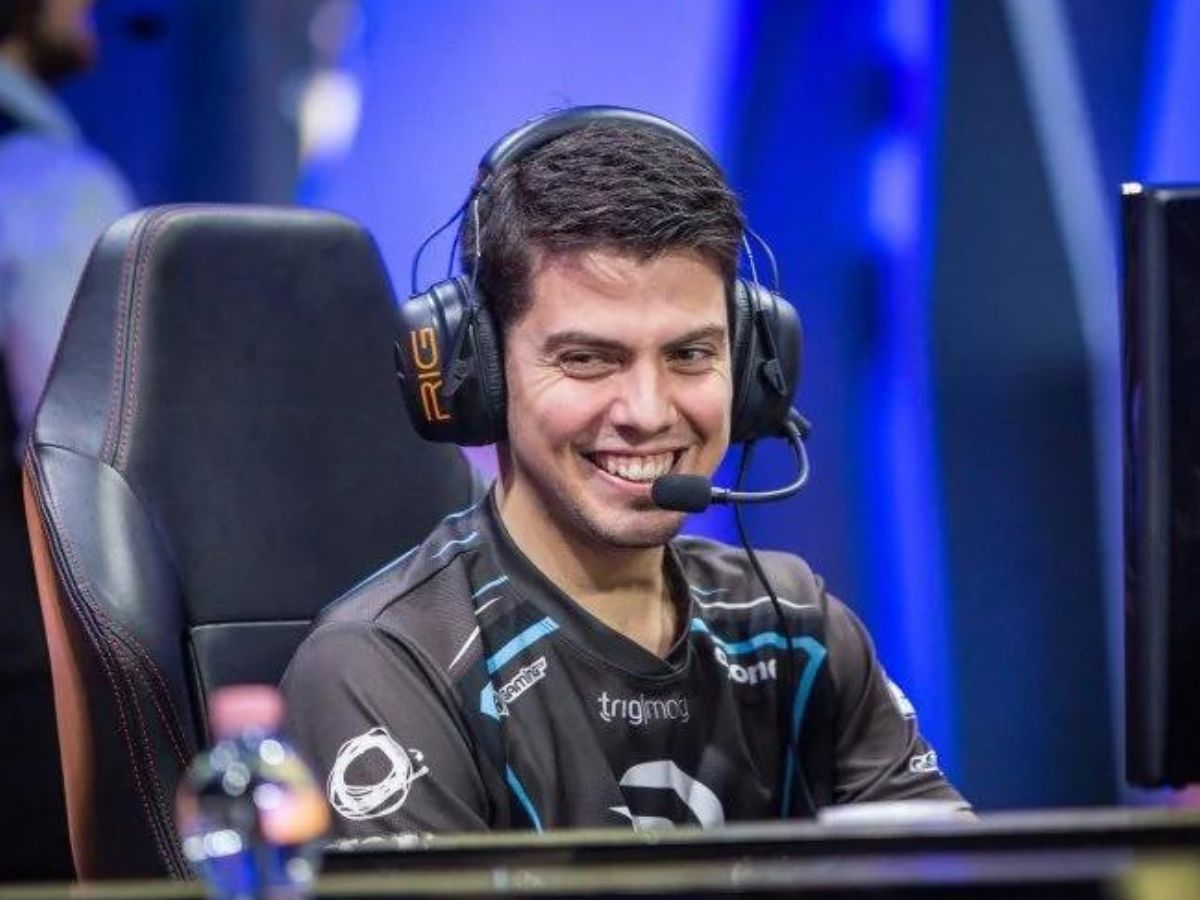
The term "backdooring" was originally coined by RTS players of games such as Warcraft and Age of Empires. Backdooring is the commonly used term for a strategy, often as a last-resort against heavy enemy pushback, where one or more team members will attempt to attack the enemy team's base structures forcefully and/or end the game by destroying the Nexus, without the support of allied pushed minion waves. I
In other words, backdooring means sneaking into the enemy base with no minions and hitting the nexus or inhibitors, usually while the enemy team is preoccupied with something else, let’s say baron, dragon, or a fight they already committed to.
Unlike split pushing side lanes, backdooring requires the enemy's base entrances to already be compromised, with the inhibitor and/or nexus towers destroyed.
The important thing to keep in mind is that the point of a backdoor does not need to be winning the game. Getting the opponent to second-guess themselves and stop doing an objective to respond to your backdoor. Let’s analyze a sample situation where a backdoor would be helpful to your team.
Threatening an inhibitor or the nexus during an important fight will force the enemy team to immediately recall or TP to deal with your backdoor, specially when you’re playing a champion that can easily sneak into the enemy base without having to use resources like TP or an ultimate. As such, champions with high movespeed or stealth are specially equipped to pull these off.
Champions that can easily dash over walls from fog of war, that have high AP or attackspeed, or champions with autoattack cancels and spellblade effects are uniquely equipped to quickly backdoor.
When one of your teammates is backdooring, they may ask you to “stall”. What this means is simply to play fights safe, draw them out, and focus on stopping recalls to buy your ally some more time. It’s completely okay at times to even die to stop recalls, just to give your ally 3-4 more seconds to get the Nexus. However, if they are backdooring while the rest of your team is getting an important neutral objective, it may be smarter to let the enemy team back off and wait for your ally to respawn, so you can fight with baron or elder dragon buff.
Additionally, you may want to randomly place invisible traps or stealth wards in the opponents’ base to give an ally with TP a route to get into their base. Even seeing a teleport in their open base can be enough to deter the enemy team. Even if they don’t, 2-3 inhibitors for a lost fight mean that your opponents will likely have no waves to push into your base with.
Want to experience the thrill of strategic plays like backdooring with high-ranked champions? Explore our Master-ranked LoL accounts to take your gameplay to the next level.
If a team suspects that their enemy may attempt a backdoor, they may leave one or more champions to guard base, as being alone deep within the enemy's territory can prove to be very dangerous, especially if their team doesn’t have a quick way to disengage from the fight. A teammate spotting the attackers and their allies reacting fast enough to the noticed attempt, may also instantly end that attempt at backdooring if the attacker cannot move past the defense safely and/or in time to finish the backdoor successfully.
Wards and especially Control Wards against camouflaged champions and potential enemy Teleport targets may be placed at possible infiltration points and/or inside the base, in order to potentially notice enemies attempting to backdoor earlier and before significant damage has been done.
Supports are recommended to sweep the entire base, specially if playing against champions that lay down invisible traps such as Jhin or Teemo, since they can also be teleported to.
Backdooring is considered unsportsmanlike by some players and is especially frowned upon by casual players. Some players actively "ban" the strategy when playing their own custom games. The majority of competitive players, however, accept backdooring as being a legitimate strategy.
Regardless, backdooring is a completely valid strategy in paper. There are no competitive or casual rules against it.
A lesser known term, frontdooring is what you’d expect. Rather than waiting for the enemy team to be distracted, some champions when ahead can simply walk down midlane and end the game. This has become less common over the years, but tanky rushdown champions in the late-game such as Nasus Nasus, Dr Dr. Mundo, and Yorick Yorick may still rarely and under the right circumstances, achieve a successful "frontdoor".

In possibly the most famous backdoor in the history of League of Legends, Fnatic’s xPeke performed one with Kassadin against SK Gaming during IEM Katowice Season VII. The clip became a meme among veteran players due to xPeke’s juking and the sheer audacity of winning a pro game through backdooring. To this day, many players still call backdooring as “pulling an xPeke”.
If you’re inspired by iconic plays like xPeke’s backdoor, starting fresh with a level 30+ unranked smurf account can give you the perfect platform to climb the ranks and create your own memorable moments.
